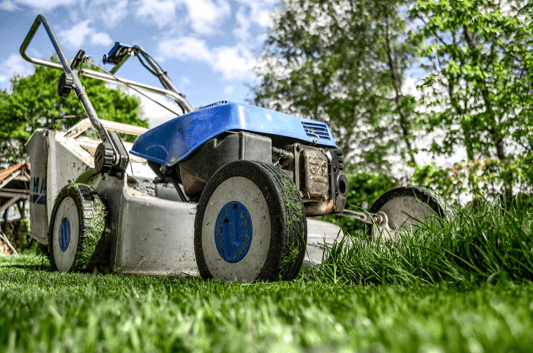Introduction:Electric lawn mowers have become popular for their ease of use and eco-friendliness. However, to ensure they continue to function optimally, regular inspection is important. This article highlights the importance of electric lawn mower inspection.The Blades:The blades are the most important part of your electric lawn mower. They are responsible for cutting the grass efficiently. During inspection, you should look for any signs of wear and tear, such as blunt edges or chips, which can affect the machine's performance. It is important to replace these blades as soon as possible.The Motor:The motor is the 'brain' of your electric lawn mower. During inspection, listen for any unusual noises or vibrations, which indicates a burnt-out motor. You should also ensure that the motor brush is clean and free from debris, as this can lead to poor performance.The Battery:Most electric lawn mowers run on battery power. During inspection, ensure that the battery is fully charged and is running smoothly. Make sure that there are no signs of corrosion on the terminals of the battery, as this can affect its performance and lifespan. Replace the battery if necessary.The Wheels:The wheels are essential for your electric lawn mower's mobility. During inspection, check the wheels for any signs of damage such as warping or cracking. Also, make sure that the wheels are properly secured and lubricated for smooth movement.The Grass Catcher:The grass catcher, as the name suggests, is responsible for collecting the grass clippings during mowing. During inspection make sure that the catcher is free of any debris that may obstruct its proper function. Also, ensure that its fasteners are working properly to keep it securely attached to the machine.The Cords:Electric lawn mowers use cords to connect to a power source. During inspection, look for any frayed or damaged cords, as they can be a shock hazard. Make sure that the cords are properly insulated and connected to the machine securely.The Safety Features:Electric lawn mowers come with important safety features like kill switches to prevent accidents. Make sure that the safety switches are working properly and are easily accessible during use.The Overall Condition:Regular inspection of your electric lawn mower's overall condition will help you identify any damage, wear, or tear that may have occurred during its use. Make sure that the entire machine is clean and free of debris, and that all warning labels are legible and securely attached.The Instruction Manual:Electric lawn mowers come with an instruction manual that provides important information on use, care, and maintenance. Regular inspection of the instruction manual will ensure that you are following the manufacturer's guidelines for optimal machine performance and lifespan.The Importance of Professional Inspection:Professional inspection of your electric lawn mower can identify problems that you may not be aware of, and ensure that your machine is functioning optimally. By regularly seeking professional inspection, you can avoid costly repairs and ensure the longevity of your machine.electric lawn mower inspection, blades, motor, battery, wheels, grass catcher, cords, safety features, overall condition, instruction manual, professional inspectionThe Importance of Regular Electric Lawn Mower InspectionRegular electric lawn mower inspection is important to ensure optimal performance and extend the machine's lifespan. Learn about the key elements to inspect and why professional inspection is important.Quote InquiryContact us!










